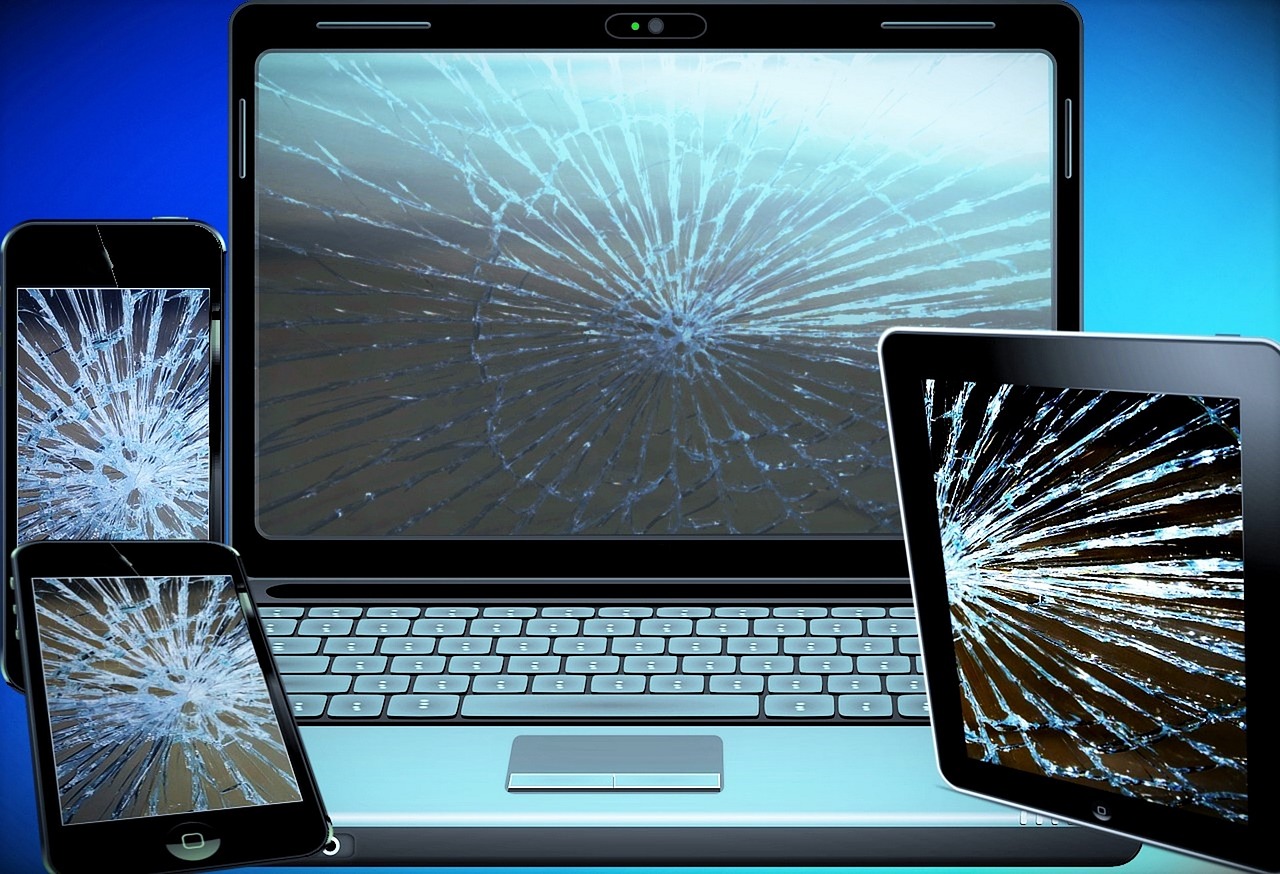 Melbourne engineering researchers have developed a gel that can repair objects.
Melbourne engineering researchers have developed a gel that can repair objects.
Pursuit reported that the gel is being developed at the Melbourne School of Engineering and that in future a cracked mobile screen could heal itself if the gel is used.
Dr Luke Connal from the University said that 3D printers can “potentially revolutionise manufacturing” but he said that until now “suitable printing materials have been limited” and that his team have developed a “polymer based ink that can self-heal” which will rectify this as it can change shape over time and adds a fourth dimension to 3D printing.
The ink is gel like and starts off similar in texture to toothpaste but when pressure is applied it flows and then stabilises when the pressure is removed. Connal said: “After printing, these objects can heal a crack or even a cut and regain their original strength. This could enable custom printing of coatings that can heal after breakages, potentially as coatings for mobile phones.
“The materials we developed can also change shape when triggered by being swollen in a solvent, such as water. This enables printed objects to change shape once printed, which is known as 4D printing.”
Connal’s team was led by PhD student Milena Nadgorny and included Dr Zeyun Xiao and their paper was published in The Royal Society of Chemistry’s Molecular Systems Design & Engineering journal. The report explained: “Self-healing materials are capable of recovering from damages and restoring their functionality, just like the natural ability of living creatures to repair their tissues. This unique property offers the ability to extend the lifetime of products, which is usually limited by mechanical failures.”
The process is based on dynamic covalent chemistry and Connal explained: “This means we can form, break and reform chemical bonds. When we can do this in a controlled and triggered manner we can manipulate the properties of the printed objects.”
The article noted that the goal is to “develop selective coatings for high-end products that are subject to stress, such as mobile phones, hand held devices and car surfaces that can self-heal when cut”. Connal said that in due course mobile phone screens could be “made of the special gel” then if they cracked and were exposed to heat or humidity the gel would activate and heal the screen
Connal commented: “We have some challenges first, especially in the active area of the phone as we need to integrate it with touch screen capability. But phone covers could be more feasible in the near future. There is so much potential to develop new materials for 3D printing. It is a really exciting and rapidly developing area.”
